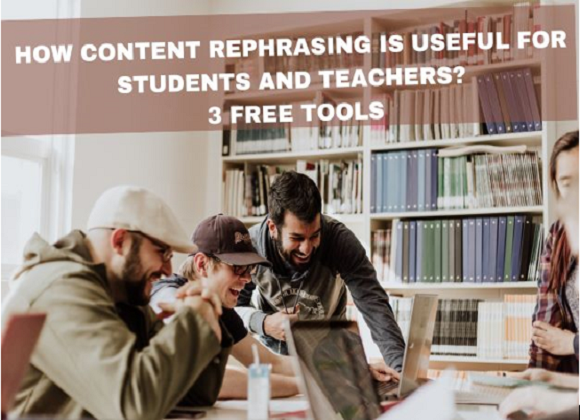We are living in a globally connected world. “…school demographics are becoming increasingly diverse, requiring teachers to adapt new strategies to effectively reach students whose racial, cultural, and linguistic backgrounds may differ from their own”,
(Wagner, Parkhouse & Glazier, 2019, para.3). “Students are also living in what military and business leaders have dubbed a VUCA world—one that is volatile, uncertain, complex, and ambiguous”.
(Wagner, Parkhouse & Glazier, 2019, para.4)Hence, classroom teaching needs to have developing global competence as the core value for the present times. “Global competence is the set of knowledge, skills, mindsets, and values needed to thrive in a diverse, globalized society”,
(Wagner, Parkhouse & Glazier, 2019, para.8)
I follow a 3 step formula to integrate globally-competent teaching:
- Define the skill(s) that I wish to develop
- Create a task that gives space for the skill to be developed
- Create an assessment rubric for the same
Integration with Data Handling
Data handling is a topic that can be connected with any global issue and turned to a ‘global competence topic’. “…students can also learn mathematics by using real data concerning significant global issues such as population growth…”,
(Asia Society/OECD, 2018, pp.21) Awareness of cultures, Empathy, Collaboration and Critical Thinking
Task: Students work in multi-cultural groups and examine the change in population of 7 countries (including their own) in the past 3 decades. They draw graphs to display visually the change in each country and also comparison between the countries. They investigate the reasons and effects of the change in population in the countries. Finally, they discuss, together, the changes needed in each country to have a better balanced population within the next decade. They wind up by writing a letter to the governments for the same
Assessment: This would have 3 parts, teacher assessment, peer assessment and group self-assessment. Teacher assessment would be accuracy of data and graphs. Group-assessment would be for their level of collaborative learning. Peer-assessment would be based on their presentation of the findings about the topic to the rest of the class
Integration with Ratio and Proportion
"You can take any unit and change it a little so that students really start to see the world globally”,
(JSIS, 2013, para.4). One of the burning issues is that of the gender differences across the world, and more so in some countries than the other. “The human sex ratio is the number of males for each 100 females in a population”,
(World Bank, 2019, para.1).Empathy, Social Justice and Critical Thinking
Task: On a projector, the chart containing the “human sex ratio”
(World Bank, 2019) would be projected. There would be a general discussion on the tabulated information about the ratio in multiple countries. the discussion would be based on observation of patterns.
Students will work individually and investigate the “human sex ratio”
(World Bank, 2019) in any 5 countries, some above 100 as ratio and some below 100. They would investigate the social structure that led to the ratio being what it is. They will then turn in a paper with their findings and analyses on the same. They would also write reflections on how the information impacted their immediate life.
Assessment: Students will be assessed on the quality of the paper. They would be marked on accuracy of data, critical thinking, empathy of language and final reflection on impact. The language skill would be assessed by the language teacher, making this an inter department assessment.
About the author
 |
Monica Kochar started her career as a Maths teacher in 1993. She has years of experience as a Maths Curriculum Designer with leading education platforms. This write-up has been reproduced from ' Humane Maths ' with the Author's consent. Any views expressed are personal.
|


